Are Silver Coins a Good Investment?
22/04/2025Daniel Fisher
Free & fully insured UK Delivery. Learn more
Secure & flexible payments. Learn more

Buyback Guarantee Learn more
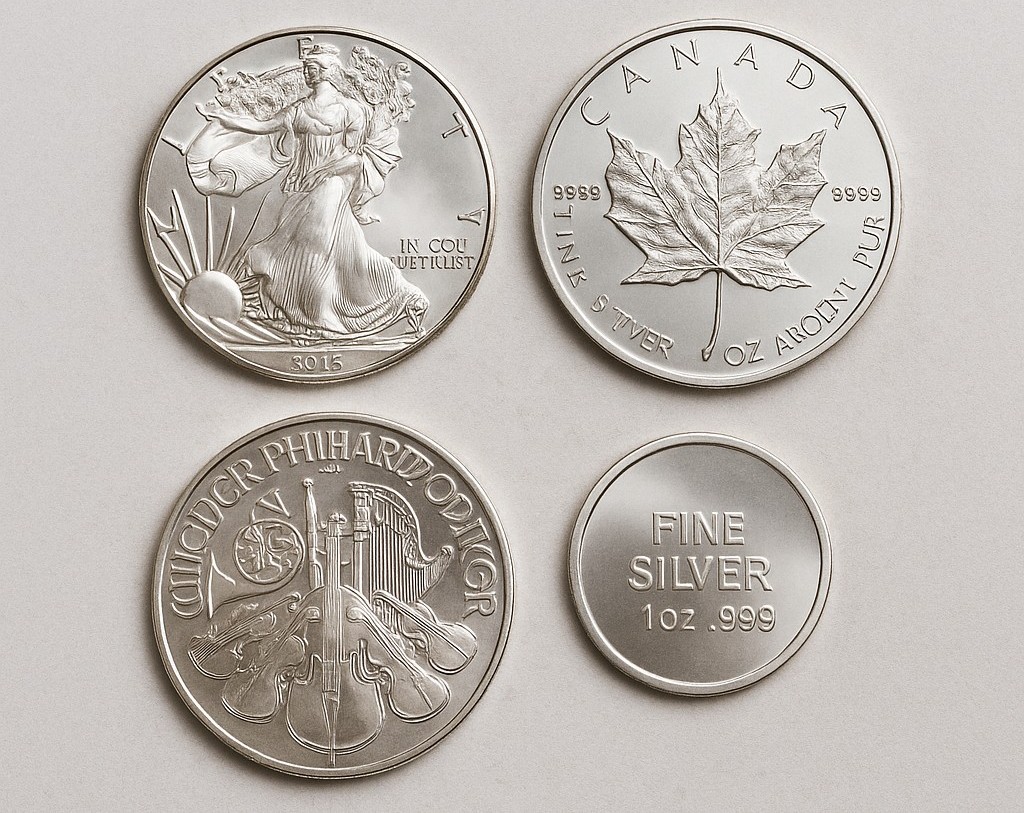
Silver coins have been used as money and stores of value for thousands of years.
Today, they’re not just collector’s items. Many people see them as a smart way to protect and grow their wealth.
But before diving into silver investing, it’s helpful to understand what silver coins actually are.
Silver coins are simply coins made mostly or entirely of silver. There are two main categories:
Bullion silver coins typically come in standard weights, like 1 ounce, though they’re also available in fractional and larger sizes (we’ll touch on that more later). They’re produced by government mints in bulk, often stamped with a guaranteed purity, usually .999 fine silver or higher.
Investing in silver coins isn’t just for hardcore precious metals fans. It can be a smart move for anyone looking to add stability and real-world value to their portfolio. Here’s a breakdown of the key benefits silver coins bring to the table:
Unlike gold, which can be prohibitively expensive for many, silver is much more accessible. You can often pick up a 1-ounce silver coin for the price of a nice lunch, making it easier for beginners to get started without a major upfront investment. For those wishing to adopt a strategy of buying little and often (Dollar Cost Averaging), silver’s low price is far better suited than that of gold.
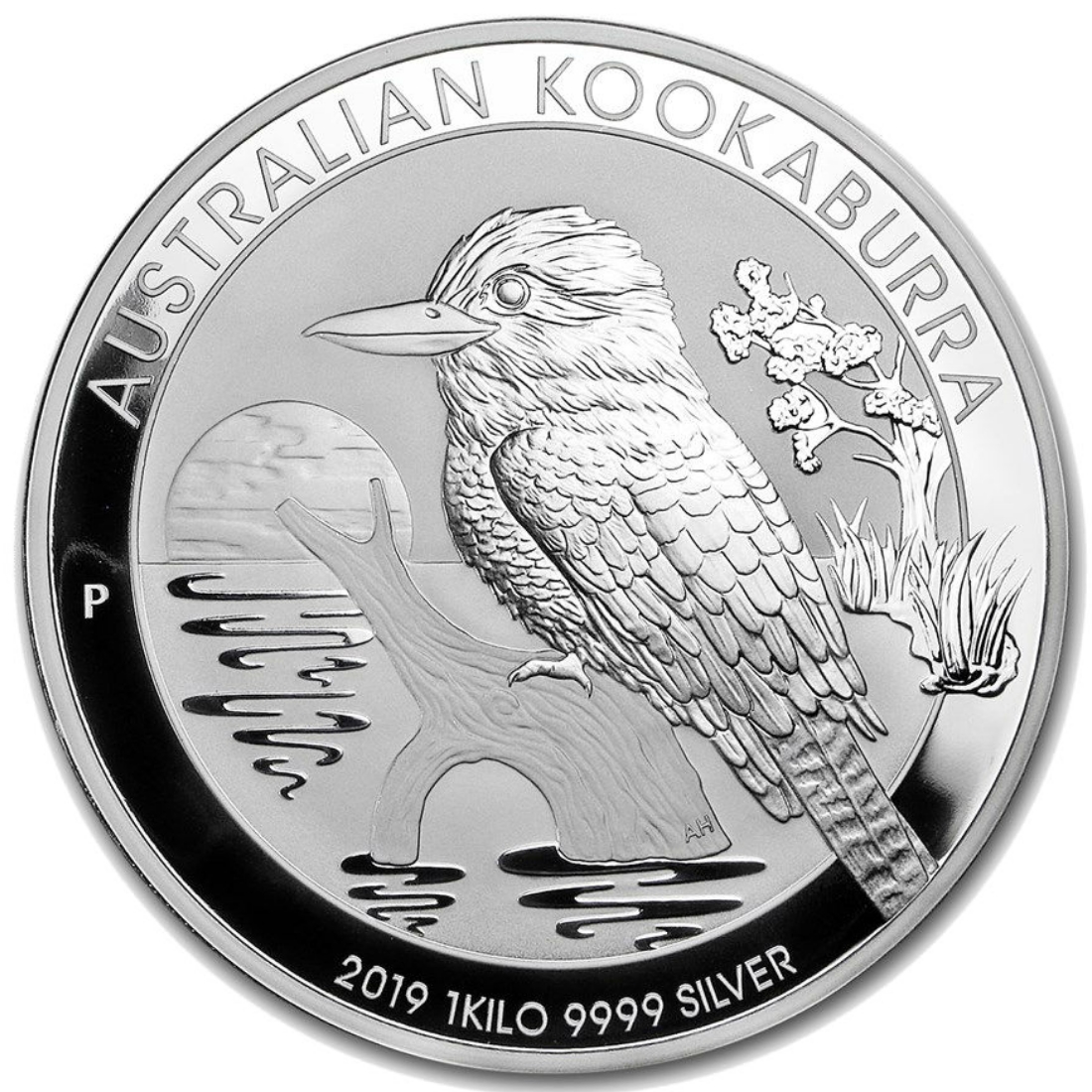
Silver coins come in a larger variety of sizes than gold, with the addition of 2oz, 10oz, and 1KG coins.
In recent years, the Royal Mint also launched its popular silver Britannia bullion coin in fractional sizes like 1/10 oz and 1/4 oz. This flexibility makes it easier to buy, sell, or trade smaller amounts when needed.
Despite these size choices, 1oz silver coins still provide the best cost to flexibility sweet spot. While the fractional Britannias provide the enticing opportunity to own tiny silver coins, they come at a very high premium that eats into potential profit.
The 10oz and 1KG silver coins are fantastically satisfying to hold but are possibly better suited to silver coin collectors or those who value a coin’s aesthetics above liquidity and value.

Silver isn’t just a precious metal, it’s an industrial workhorse. Silver’s properties mean it’s the most conductive metal on earth, ensuring its widespread use in electronics. This differentiates it significantly from gold, which is less conductive and far more expensive to use industrially.
Silver’s used in everything from solar panels and electric vehicles to smartphones and medical tech. As the world becomes more tech-driven and green-focused, demand for silver is expected to keep rising.
In the (hopefully unlikely) event of a major currency collapse, silver coins could be a practical form of barter. Their relatively low individual value and widespread recognizability make them more usable in day-to-day exchanges than something like gold bars or even gold coins.
The gold-to-silver ratio (how many ounces of silver it takes to buy one ounce of gold) is historically high, which many investors interpret as a signal that silver is undervalued. If that ratio returns to historical norms, silver could see significant price gains.
With the growing safe haven demand for gold, the ratio stands at more than 100:1 in 2025, around 2 ½ times higher than the historical average over the past century. While this doesn’t guarantee that the silver price is due to surge, history does suggest that there may be a silver price lag.
Silver coins are widely traded and recognized globally. Whether you’re dealing with coin shops, online dealers, or peer-to-peer buyers, selling silver coins is usually straightforward, especially if you’re holding popular, government-issued pieces.
In contrast to selling a large gold bar, silver coins have a much smaller value, ensuring selling is quick and easy.
Adding silver to your portfolio helps spread risk. It tends to move differently than stocks or real estate, which can help protect your overall investment balance during market downturns or inflationary periods. It can also be a good portfolio partner to gold, creating diversity within an investor’s precious metals portfolio.
In some countries, certain silver coins (especially legal tender ones like British Silver Britannias) are exempt from capital gains tax. That means if their value goes up and you sell them, you might not owe any tax on the profit. (Always check local tax laws.)
In the UK, this tax loophole ensures that Silver Britannias dominate the local investor landscape. There are few investments you can make without any limits that do not incur tax on your profits. Feel free to ask our team for guidance on which coins qualify as legal tender and are CGT-free. Read our handy guide on how to buy silver Britannia coins.
Insider tips for silver investment success
In a world where so much of our money is digital (think bank balances, stocks, and crypto), silver offers something physical. You can hold it, store it, and even hide it if you want. While any stock’s value can fall to zero, this can never happen to silver, which holds an intrinsic value.
For many, it’s not just silver’s physical presence which is appealing, but also having complete control over your asset. With banks making it progressively difficult to spend your own money, the option of holding silver coins is appealing to enjoy financial freedom.
When inflation rises and the value of currency drops, precious metals like silver tend to hold or even gain in value. That makes silver coins a popular option for people looking to protect their purchasing power over time. This proved particularly compelling in the post-COVID world when inflation spiked to unprecedented levels, diminishing the value of currency.
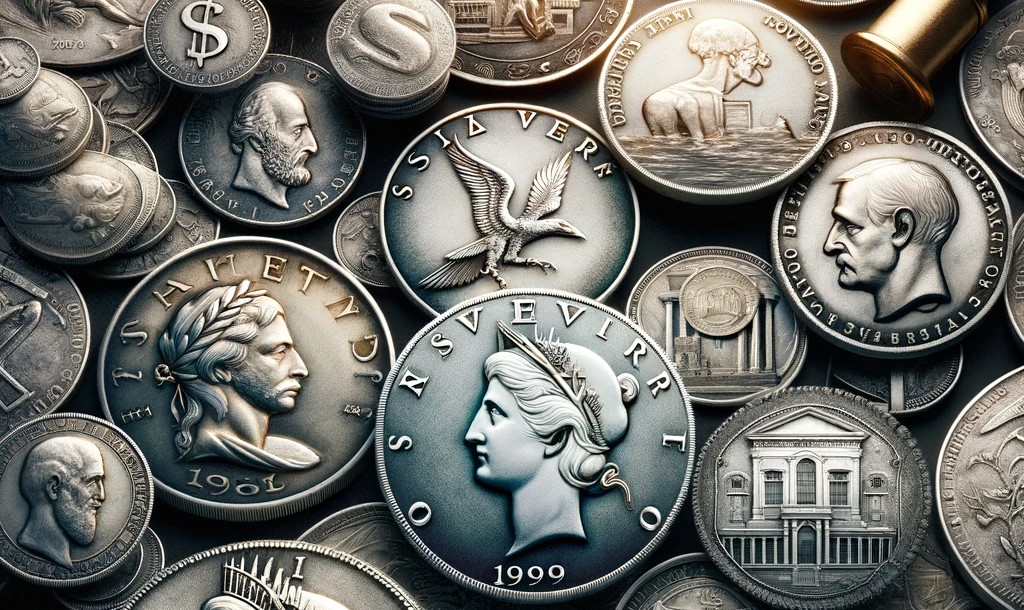
While track record and past performance don’t guarantee an asset’s future price movements, it does provide reassurance and data to analyse. Silver has a long-standing role in global economic systems. It has been used as currency for thousands of years.
That legacy gives many investors confidence that silver will continue to be valuable no matter what happens to today’s financial systems.
Some investors are drawn to the aesthetic and historical appeal of silver coins. Limited-edition designs, mint marks, or older coins can carry numismatic value that grows over time, independent of the silver content itself. Check out which silver coins are worth the most.
Whether you’re aiming for financial protection, portfolio diversification, or just love the idea of holding real money in your hands, silver coins offer a compelling case.
Free ultimate guide for keen precious metals investor
While silver coins come with a lot of benefits, no investment is completely risk-free. In fact, we always describe gold investment as a way or reducing risk, while investing in silver is about willingness to take risk. Understanding the possible downsides of silver and whether it fits into your risk appetite, will help determine not only if silver investment is appropriate for you, but also aid in deciding how much.
Silver prices tend to be more volatile than gold. That means while silver can offer greater upside, it can also experience sharper dips. Daily price swings are common, so if you’re looking for a smooth, steady investment, silver may feel a bit more like a rollercoaster.
While gold’s performance can perhaps be simplified to that of a safe-haven asset, regularly appreciating when economic or political news is negative, silver is more complicated and less predictable. It’s performance harnesses not only the role of a tangible safe haven but can also thrive during economic bull runs due to the increased industrial demand.
Silver represents a higher risk, higher possible reward scenario. The level of asset allocation you give to silver should be based on your willingness to take risk, when considering the other assets you own. While silver may be deemed riskier than gold, it could certainly be argued that it’s less risky than a tech stock or cryptocurrency.
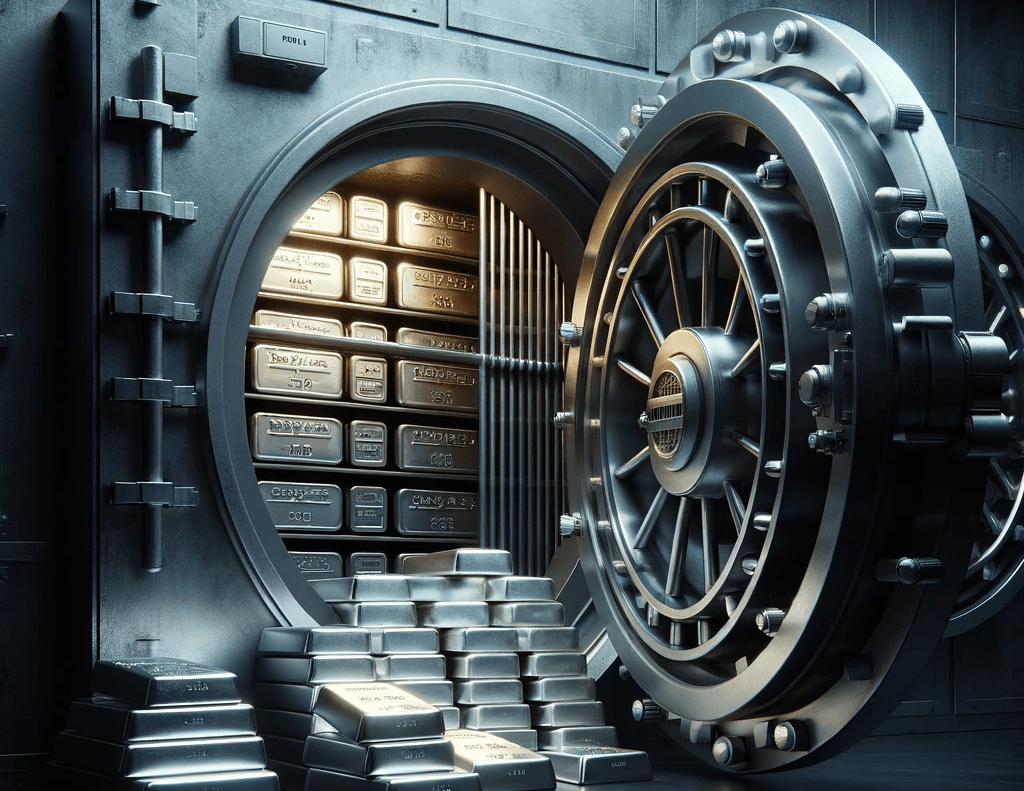
Unlike stocks or digital assets, physical silver needs to be stored somewhere safe. Whether it’s a home safe or a secure vault, there are extra steps (and usually costs) involved in keeping your investment protected from theft, fire, or other risks.
Silver’s relativeness cheapness versus gold means you get a lot more of the metal for your money. While that sounds great, especially if the price soars, it also means it takes up more space. While £50k of gold can be hidden in a small drawer, £50k of silver still requires substantial space to store.
We offer our customers the option of using our specialist vaulting service which not only provides secure storage, but also full insurance for your silver.
When buying silver coins, you’re not just paying for the metal. The retail price will include the minting and transport cost, and a dealer markup (known as a premium), which includes their costs, profit, and often the demand for a specific coin.
In these respects, silver seems no different to gold coins, which also come at a premium. However, we always ensure all new customers understand that silver premiums are higher than those for gold. If you imagine it costs Royal Mint £1 to make each Britannia coin, whether it’s gold or silver. As a percentage of overall value, this fixed cost of production is around 100 times more for silver than gold. This is significant, as the silver spot price will need to move up more for you to turn a profit.
However, premiums can vary widely, depending on the quantity, type of coin, and timing of your purchase. Our team will always be transparent and offer guidance and tips to achieve the lowest possible premiums. Buying pre-owned silver Britannias for example, can save around 15% on the premium when compared to simply buying brand new ones.
In some countries, silver bullion is subject to Value Added Tax (VAT) when purchased. This added cost can make investing in silver less appealing depending on your region.
While a majority of goods attract VAT, the tax on silver purchases seems unfair due to investment gold being exempt in many jurisdictions. In the UK, qualifying gold coins are completely tax free to buy and sell, while silver coins are not. While this is clearly negative, silver’s higher potential upside still entices vast numbers of investors. However, the existence of VAT on silver means that investment timeframes need to be longer to create the opportunity for profit.
Silver coins are just one way to invest in silver. Depending on your goals, preferences, and risk tolerance, you might want to compare coins with other common forms of silver investment.
Any investor who recognises the benefits of owning physical silver instead of a paper asset, which usually ponder whether they should opt for silver coins or silver bars.
Pros:
Cons:
Best for: Investors who want maximum silver for their money and don’t need the added benefits of collectability or legal tender status.
Silver ETFs (Exchange-Traded Funds) let you invest in silver without physically owning it. Some track the price of silver directly, while others focus on silver mining companies.
Pros:
Cons:
Best for: Investors who want exposure to silver prices without handling physical metal.
Each method has its place. Some investors even mix and match, holding both physical coins for security and ETFs for liquidity and market exposure. It all comes down to your personal strategy and comfort level.
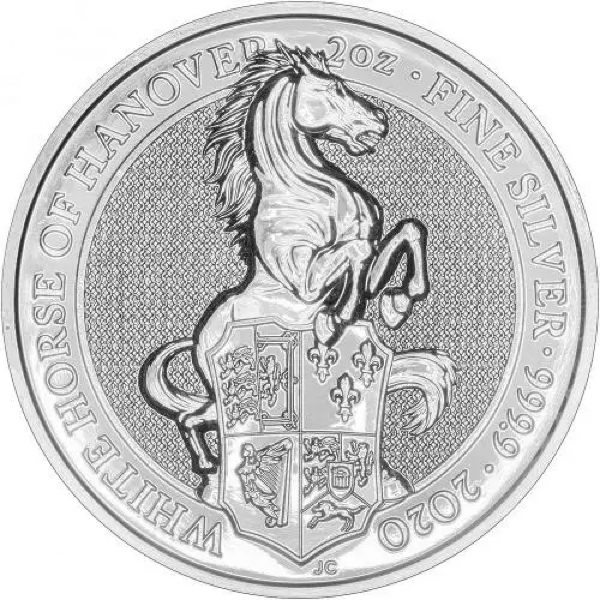
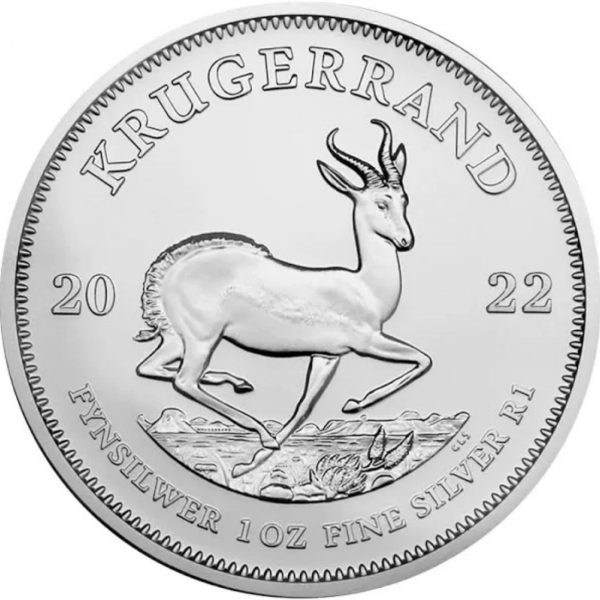
Yes, silver coins can be a worthwhile investment. They offer a tangible hedge against inflation, portfolio diversification, and affordability for beginners. Their liquidity and historic value make them appealing during economic uncertainty.
While no one can predict prices with certainty, many analysts believe silver could rise over the next decade due to growing industrial demand, limited supply, and potential currency devaluation.
Yes, silver coins typically hold their intrinsic value tied to the silver spot price. Popular coins may even carry added numismatic or legal tender value, providing extra long-term resilience.
Silver can be a strong 5-year investment, especially in periods of inflation or market volatility. Its industrial demand and undervalued position compared to gold give it room for growth.
Downsides include price volatility, physical storage needs, dealer premiums, and possible VAT in some regions. Silver may underperform in strong economic times compared to stocks or other assets.
Coins are better for liquidity, recognizability, and potential tax perks. Bars usually have lower premiums, making them cost-effective for large investments. The best choice depends on your goals.
Buying silver bars or coins from a reputable bullion dealer offering low premiums and bulk discounts is usually cheapest. Look for dealers that offer VAT-free storage options to save more.
Silver may surge due to rising industrial use, limited new supply, increasing investment demand, and its historical undervaluation compared to gold, especially if the gold/silver ratio begins to normalize.
A common guideline is to allocate 5–10% of your investment portfolio to precious metals, with silver making up a portion of that based on your risk tolerance and goals.
Live Gold Spot Price in Sterling. Gold is one of the densest of all metals. It is a good conductor of heat and electricity. It is also soft and the most malleable and ductile of the elements; an ounce (31.1 grams; gold is weighed in troy ounces) can be beaten out to 187 square feet (about 17 square metres) in extremely thin sheets called gold leaf.
Live Silver Spot Price in Sterling. Silver (Ag), chemical element, a white lustrous metal valued for its decorative beauty and electrical conductivity. Silver is located in Group 11 (Ib) and Period 5 of the periodic table, between copper (Period 4) and gold (Period 6), and its physical and chemical properties are intermediate between those two metals.